If you are like many in-house marketing teams out there these days, you are B-U-S-Y. So much so, that by the time you have the approval, budget, manpower or time to get to a new project, the need is dire, and the due date was yesterday. We hear you, and we’ve been there.
In those situations, the pressure and urgency can make it easy to miss crucial steps at the beginning that can negatively impact the project at each stage. Cue the cold sweats, as that “overslept for your final exam” panic feeling hits you all over again.
Whether you are a DIY-ing one (wo)man band or a small team of in-house all-stars, here are 7 ways to set yourself up for a successful web project. Grab a pen and let’s get to work!
- Describe what your brand stands for. To start, list five words that personify your business. Don’t default to jargon; rather, lean into the nuances that make you different. Are you honest? Quirky? Adaptable? Scrappy? Fast? If you haven’t thought about this before, think about what you want your brand to stand for. Don’t feel limited to single words or phrases.
- Create (or revisit) your mission statement. Why do you do what you do? Who do you do it for? Whether you need to dust off the existing verbiage or craft a first draft, this is your chance to make sure that the words you hold yourself to are accurate, engaging and clear.
- Define your goals. If we don’t have a shared destination in our sights, then we’re all just doing doughnuts in the parking lot. Spell out the top three goals of your business, and make sure they are measurable. Don’t be too broad or vague (e.g., “more customers”). We’re talking specific and measurable, here (e.g., “an increase of 35% more customers over the next three months”).
- Know your competitors. It’s why athletes watch game tape. Having a solid grasp of the other players allows you to up your own game. List at least three competitors and learn everything you can about them. Then, describe what makes you different.
- Visualize the path. What do you want people to do on your website? List each action out, in order of importance. How does the site need to look and feel? What business purpose do you envision the site serving?
- Brainstorm content buckets. What categories of content should your website feature? What pages and sections of content are important to the success of your business? What information do your customers need to hire/buy from you?
- Align on an aesthetic theme. Do you have an existing brand style that you need to work within? Are there specific design elements, colors or fonts that are preferred?
If this post is nice in theory, but your reality includes big picture initiatives continuously back-burnered in favor of putting out daily fires, we promise, there is a better way. Done well, outsourcing pieces of your marketing can be a results multiplier. Let’s talk.





